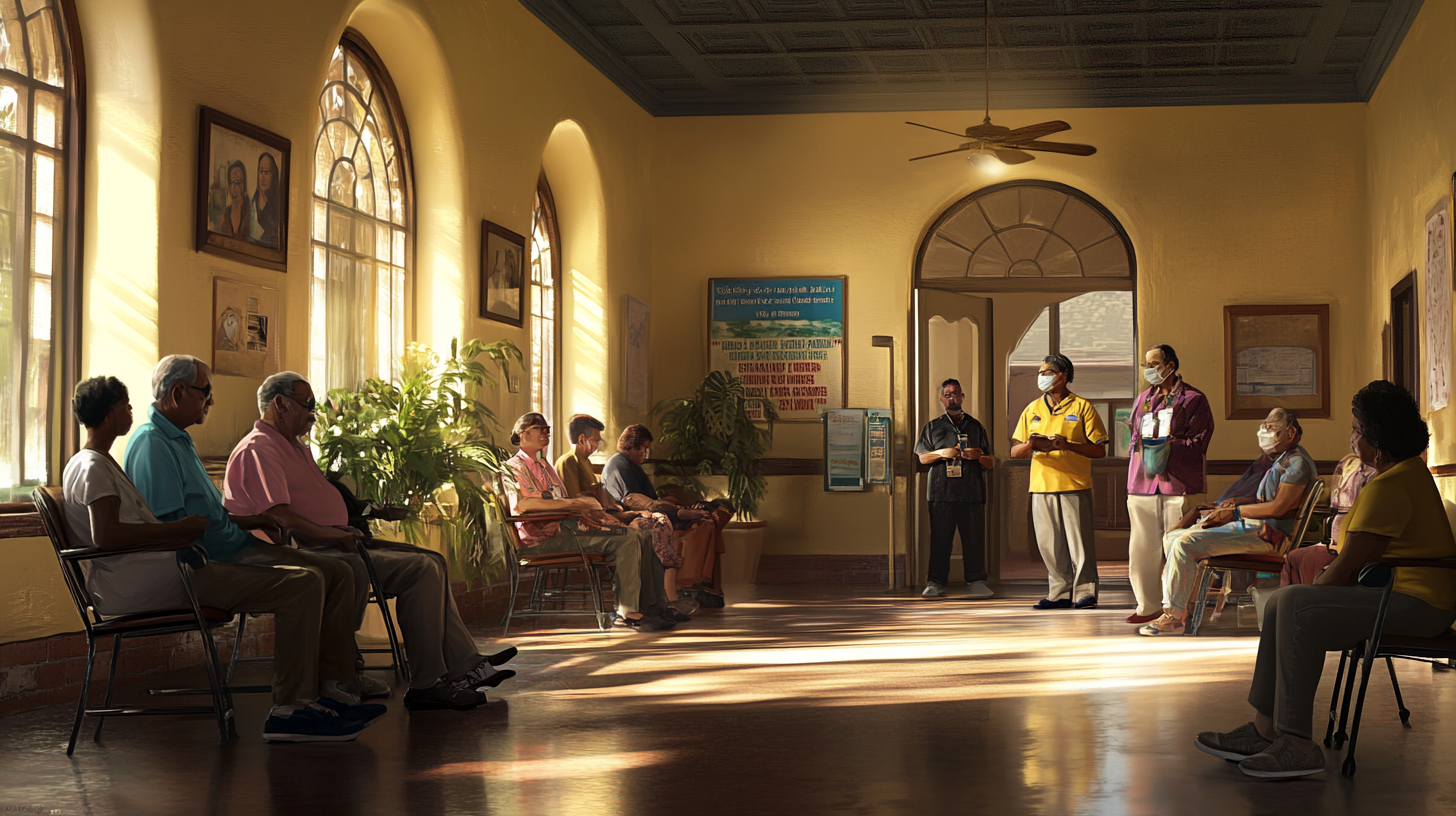Potential Tuberculosis Exposure Concerns Rio Grande Valley Nursing Homes
In a health alert that has sparked widespread concern across South Texas, over 600 residents and employees at two nursing homes in the Rio Grande Valley may have been exposed to tuberculosis (TB). The facilities in question, Harlingen Nursing and Rehabilitation Center and Veranda Rehabilitation and Healthcare, have been at the center of the Cameron County health officials’ latest advisory, urging those present during specific dates to get tested for the disease.
Unpacking the Health Alert
The potential exposure windows stretch from April 1 to November 6 for Harlingen Nursing and from May 24 to November 6 for Veranda, according to official reports. Health administrators are currently conducting a detailed contact investigation to determine the scope and extent of exposure. However, the process has been hindered by difficulties in reaching out to former residents and employees who may no longer be in the facilities.
Esmeralda Guajardo, the health administrator for Cameron County, stated, “The cooperation we’ve received from the nursing home facilities has been exceptional in helping us identify potentially exposed individuals. Still, reaching people who have left these facilities is a challenge. We are seeking public assistance in ensuring everyone gets tested.”
Understanding Tuberculosis and Its Risks
Tuberculosis is a bacterial infection that primarily affects the lungs but can potentially impact other parts of the body. Although treatable with a course of antibiotics, TB can be fatal if left untreated. The disease poses a significantly higher risk to those over 65 years of age and individuals with pre-existing medical conditions, which underscores the urgency of the situation in nursing homes housing elderly populations.
The increasing urgency has also led to wider calls for legislative action, with a particularly vocal community reader stressing the need for Congress to expedite the passing of the End Tuberculosis Now Act. Such measures are critical to preventing future outbreaks like the current one affecting the Rio Grande Valley community.
Local Impact and Community Reaction
For the Rio Grande Valley, the health scare is a stark reminder of the vulnerabilities faced by its residents, especially within healthcare settings catering to the elderly. With TB exposure threatening over 600 individuals, the news has become a crucial point of concern among Valley residents, underscoring the need for immediate and coordinated public health responses.
José Ramirez, a local public health advocate, shared: “The Valley has always been susceptible to health disparities given our demographics. It’s crucial that we amplify the preventive measures and ensure everyone understands the importance of testing.”
Link to Past Health Concerns and Future Implications
The Rio Grande Valley has previously encountered challenges related to infectious diseases, partly due to its geographical and socio-economic factors. This latest tuberculosis exposure adds another layer to the ongoing public health narrative in South Texas, where access to healthcare and preventive services remains a pivotal issue.
Should the contact investigations reveal extensive exposure, this could catalyze broader epidemiological studies and increased funding for healthcare infrastructure in the region. Moreover, employers and healthcare providers might need to strengthen infection control protocols to prevent such occurrences in the future.
Balanced Perspectives on the Issue
While the immediate focus remains on mitigating risk and ensuring timely medical intervention, it’s also necessary to address the socio-economic impacts resulting from the potential outbreak. Some health workers express concerns about resource allocation and the challenges posed by coordinating a large-scale health response with existing budgetary constraints.
Meanwhile, others in the community advocate for increased transparency and legislative engagement to address systemic health vulnerabilities exacerbated by the ongoing exposure risk at local levels.
Available Resources and Contact Information
Cameron County Public Health Department has set up a resource hotline and online portal where affected individuals and their families can seek guidance and arrange for TB testing. Additionally, several local health centers stand ready to provide support and testing services to anyone potentially exposed to the infection.
In conclusion, while immediate testing and healthcare interventions are underway, this incident serves as a critical reminder of the importance of vigilant public health strategies and the need for integrated community health frameworks across the Rio Grande Valley. As developments unfold, staying informed and engaged remains paramount to safeguarding public health in the region.







